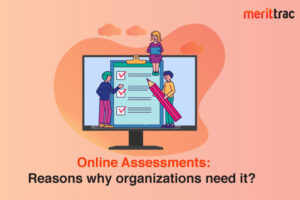
How to Migrate Databases to PostgreSQL
Database management systems are the primary need of every organization whether it be a government agency, a commercial company, or an educational institute. Because all of these spend a lot on managing their databases, they are often looking for cheaper alternatives. An open-source platform that has everything they need and much more works like a charm for desperate organizations. Finding a new, better, and cheaper database management system is not hard but moving their old databases to the new platform is tricky. This is the reason why most organizations focus on regularly training their staff to migrate data from one platform to another.
MySQL is being used as a relational database management system all over the world and it has everything they need to handle records. That was until PostgreSQL came into the market. Then the world found out that MySQL is not as open-source as it claims to be and PostgreSQL is. Now, the problem is database migration from MySQL or any other DBMS to PostgreSQL. That is what the following context will focus on. So, keep reading.
INGRES took over the world in 1977 and got upgraded to Postgres in 1986. In 1996, the world was introduced to PostgreSQL and since then, the database management world has never been the same. PostgreSQL is an Object Relational Database Management System or ORDBMS which leaves RDBMS like MySQL behind. It has many advantages over other management systems, some of which are:
- Fully compliant with ANSI SQL standards
- Multi-Version Concurrency Control or MVCC
- Supports NoSQL, Boolean, Numeric, Date, Arrays, Line Segments, and every other data type in the list
- A bridge between object and relation-oriented programming
- Asynchronous replication and commit
- Support for a list of models of indexing
These are the reasons why the largest organizations like Spotify, Apple, Reddit, and others have adopted PostgreSQL as their preferred DBMS.
Here is how to attempt database migration from any DBMS to PostgreSQL
- Export the indexes, constraints, and tables to a DDL statement, convert these DDL statements to PostgreSQL format and upload them to the platform in an appropriate database.
- Export the data to an immediate storage option like CSV, convert the CSV file to PostgreSQL format and upload the data to the PostgreSQL database.
- Export Views, Triggers, Procedures, and Functions from a database as a DDL statement, convert this DDL statement to the appropriate PostgreSQL format and upload them on PostgreSQL.
The method of migration discussed above is called extract-transform-load. It takes a lot of time and effort to migrate data from this method. This is the reason why most businesses turn to migration software that automates the process.
PostgreSQL Migration Toolkit is one such software that can help you migrate databases from any platform to PostgreSQL with ease. The software can handle the migration from all platforms like Oracle, SQL Server, IBM, MS Access, MS Excel, or any other. Moreover, this toolkit supports every version of the designation platform which is PostgreSQL including Heroku. The software works perfectly with all the data types, sources, and indexes, and intelligently migrates them to the new designation. With the software, you will get a 1-year subscription with updates and unlimited tech support.



